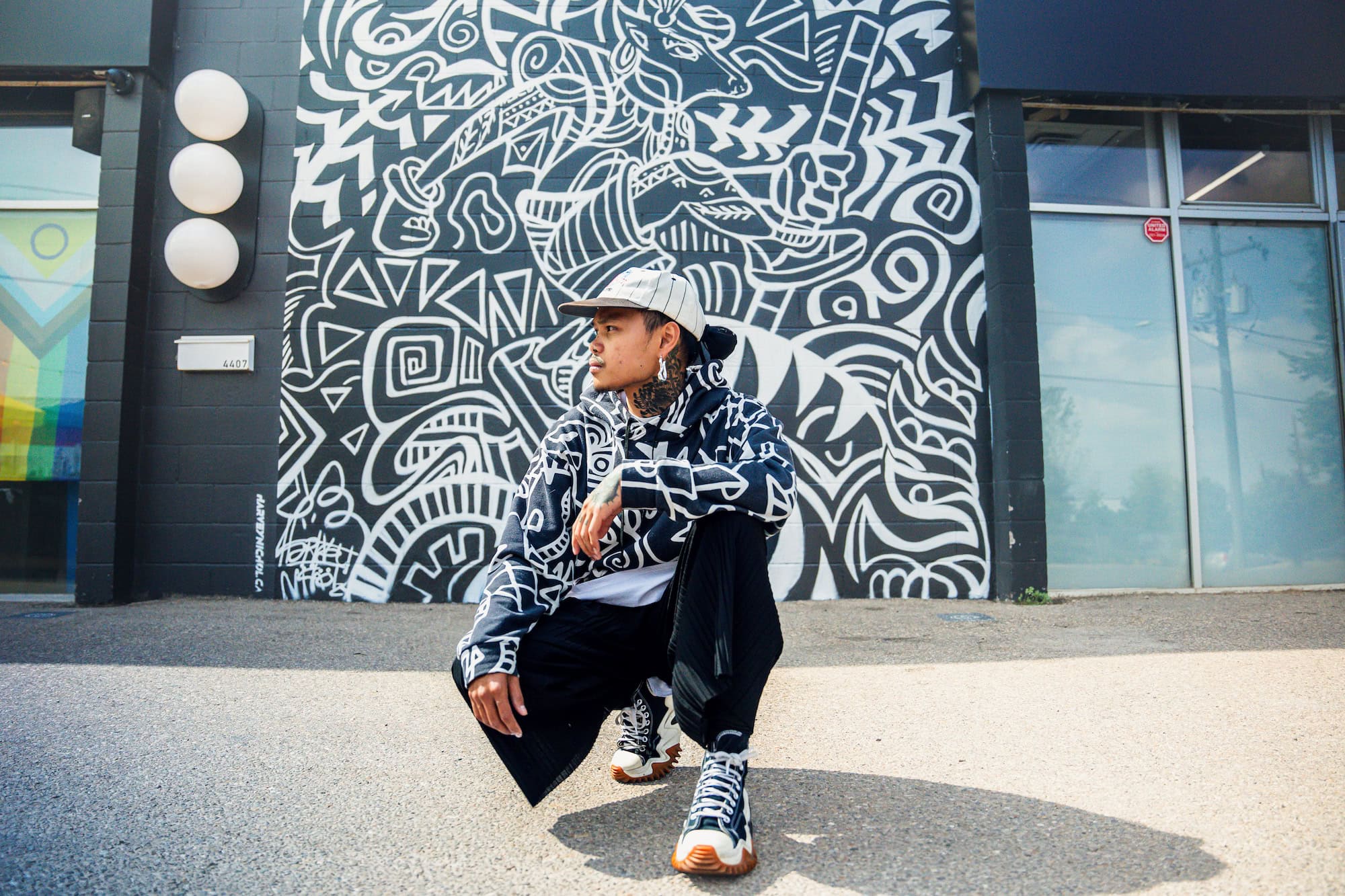
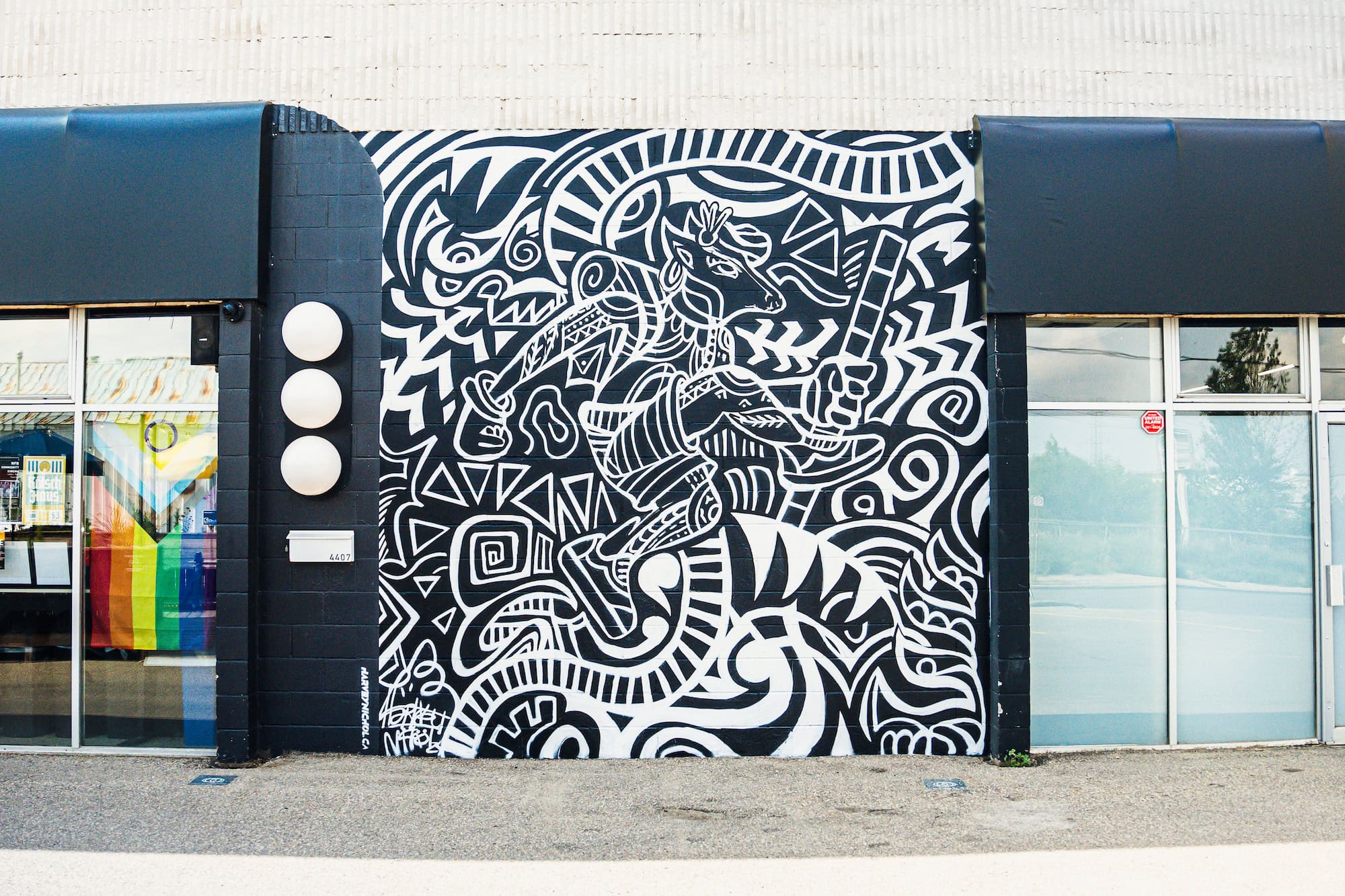
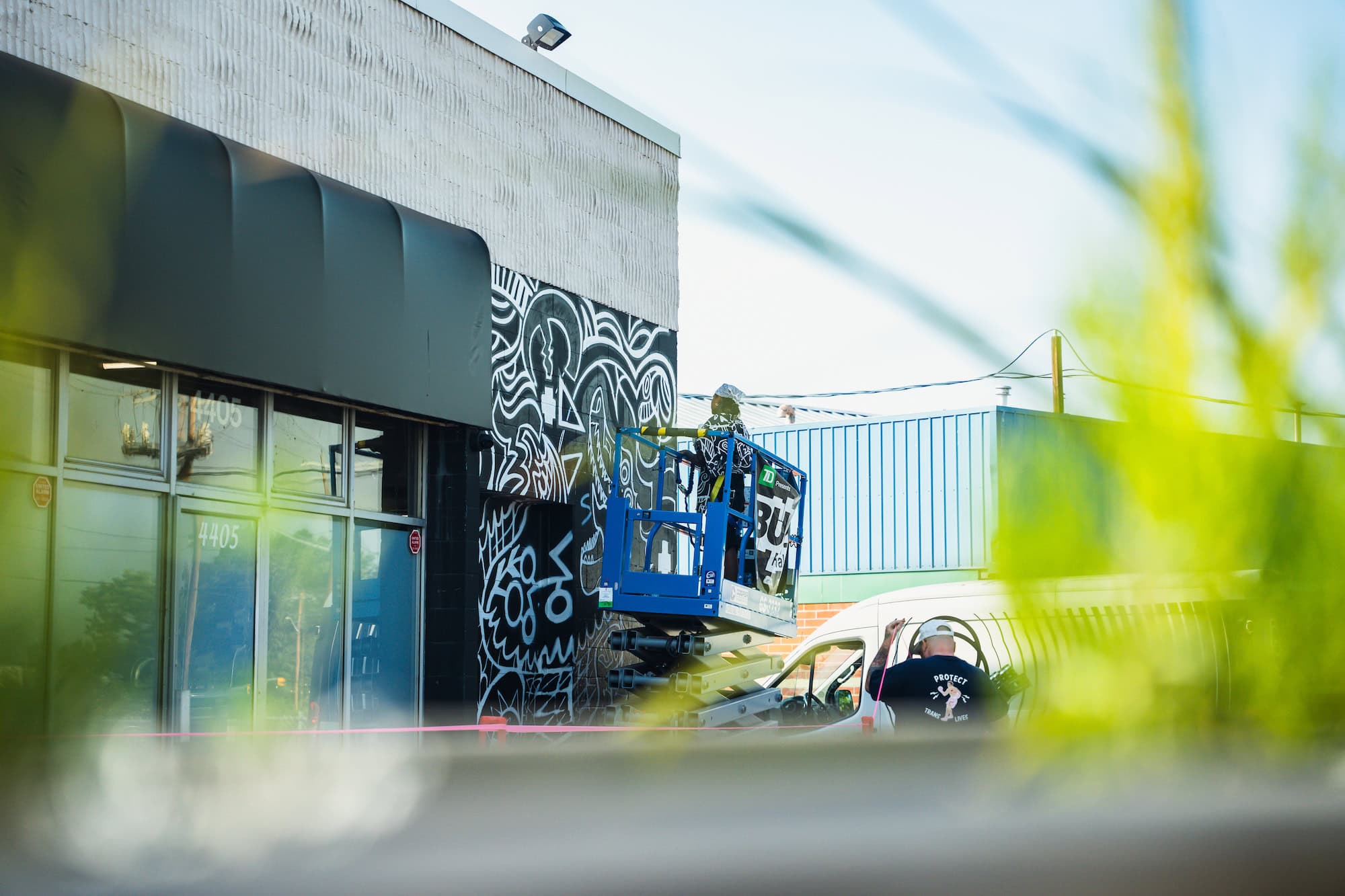
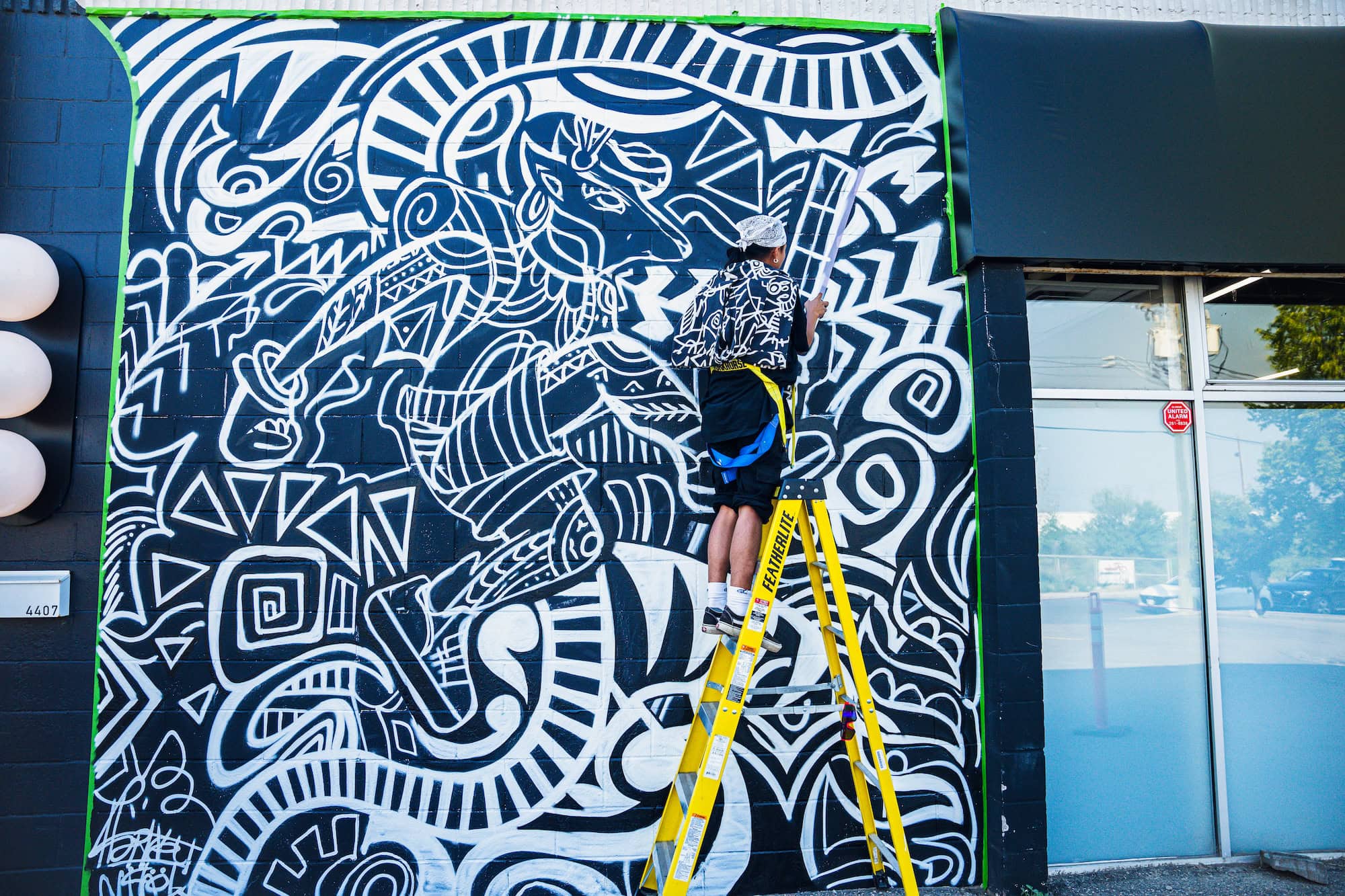
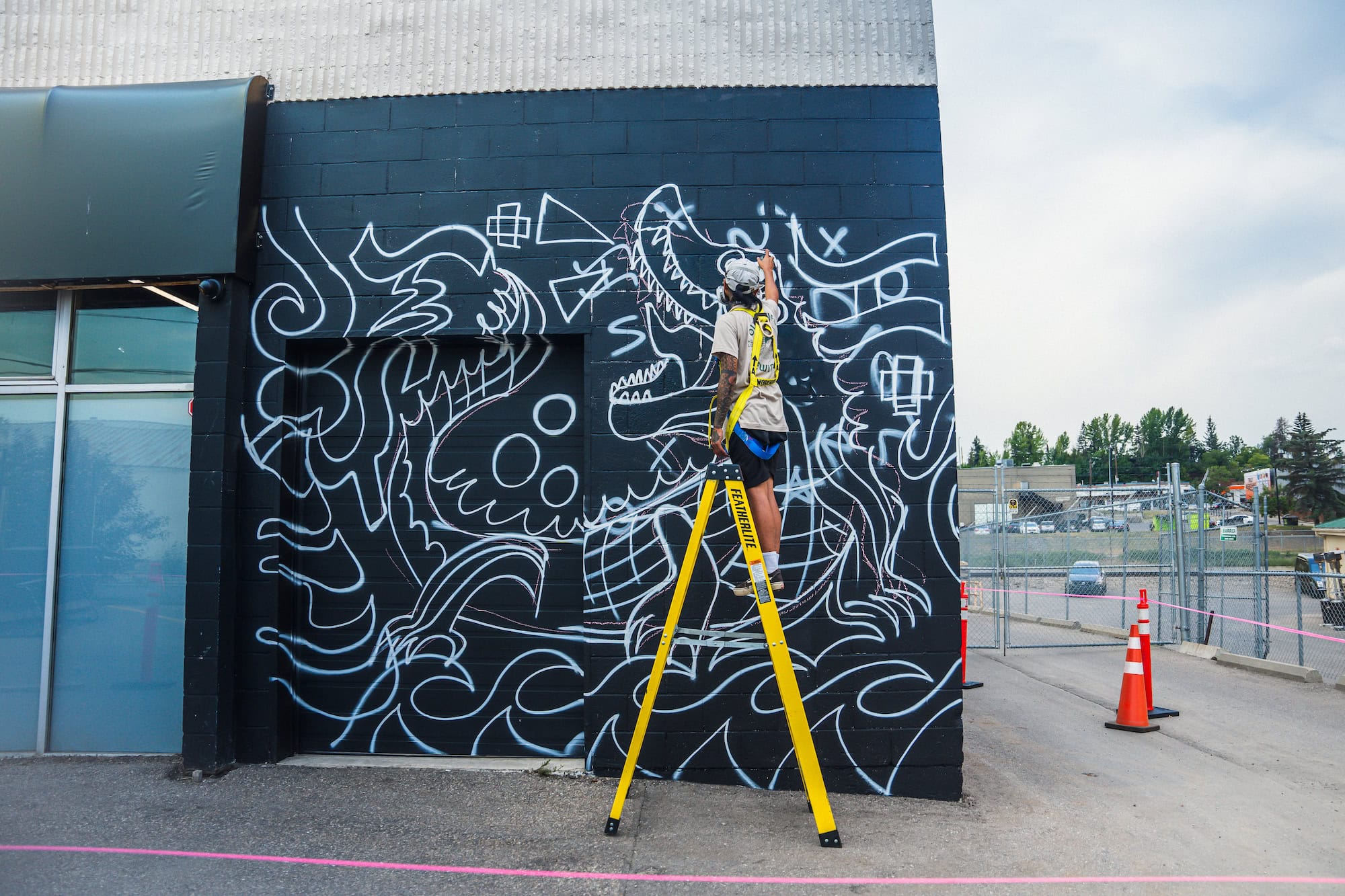
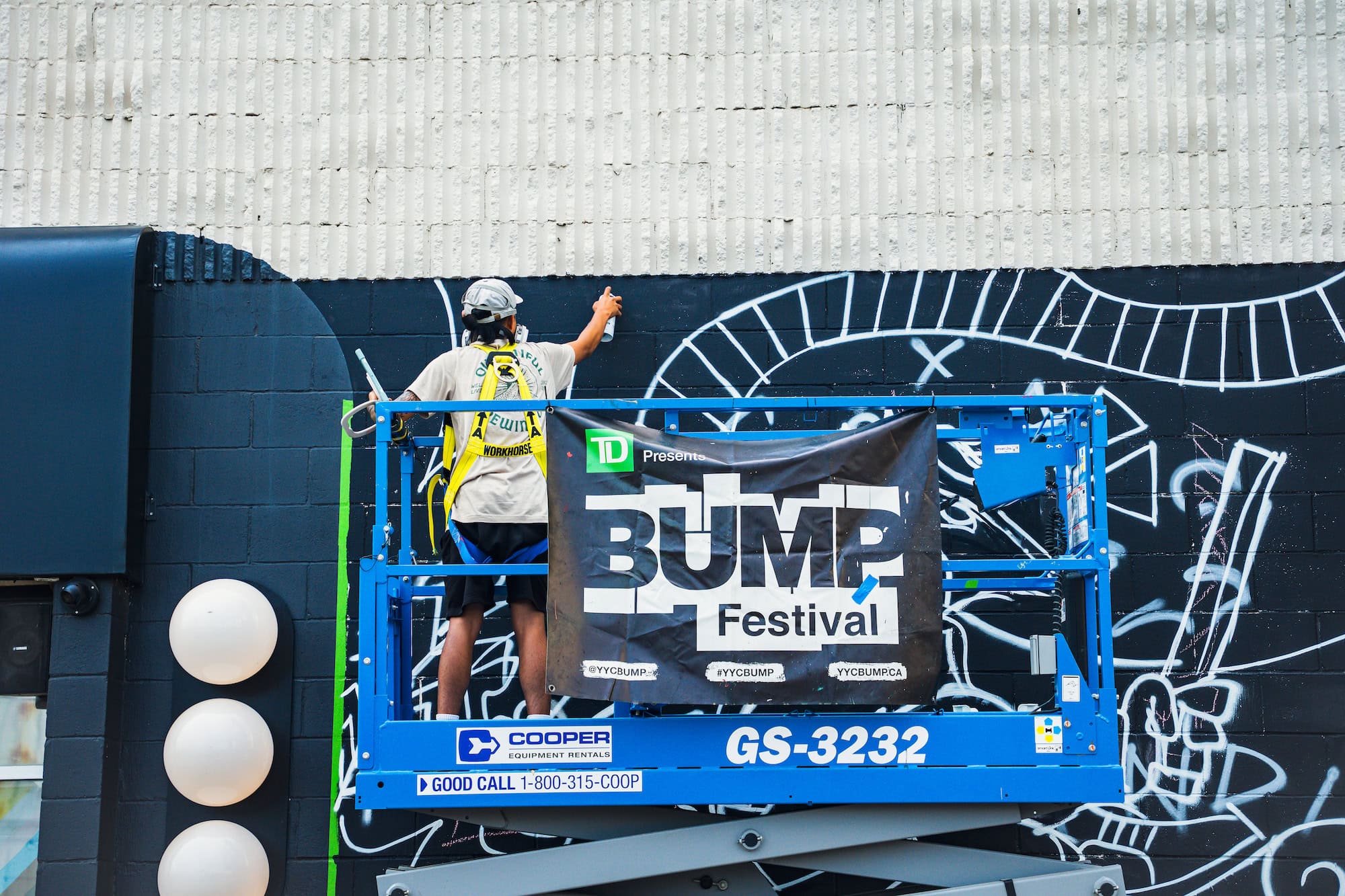
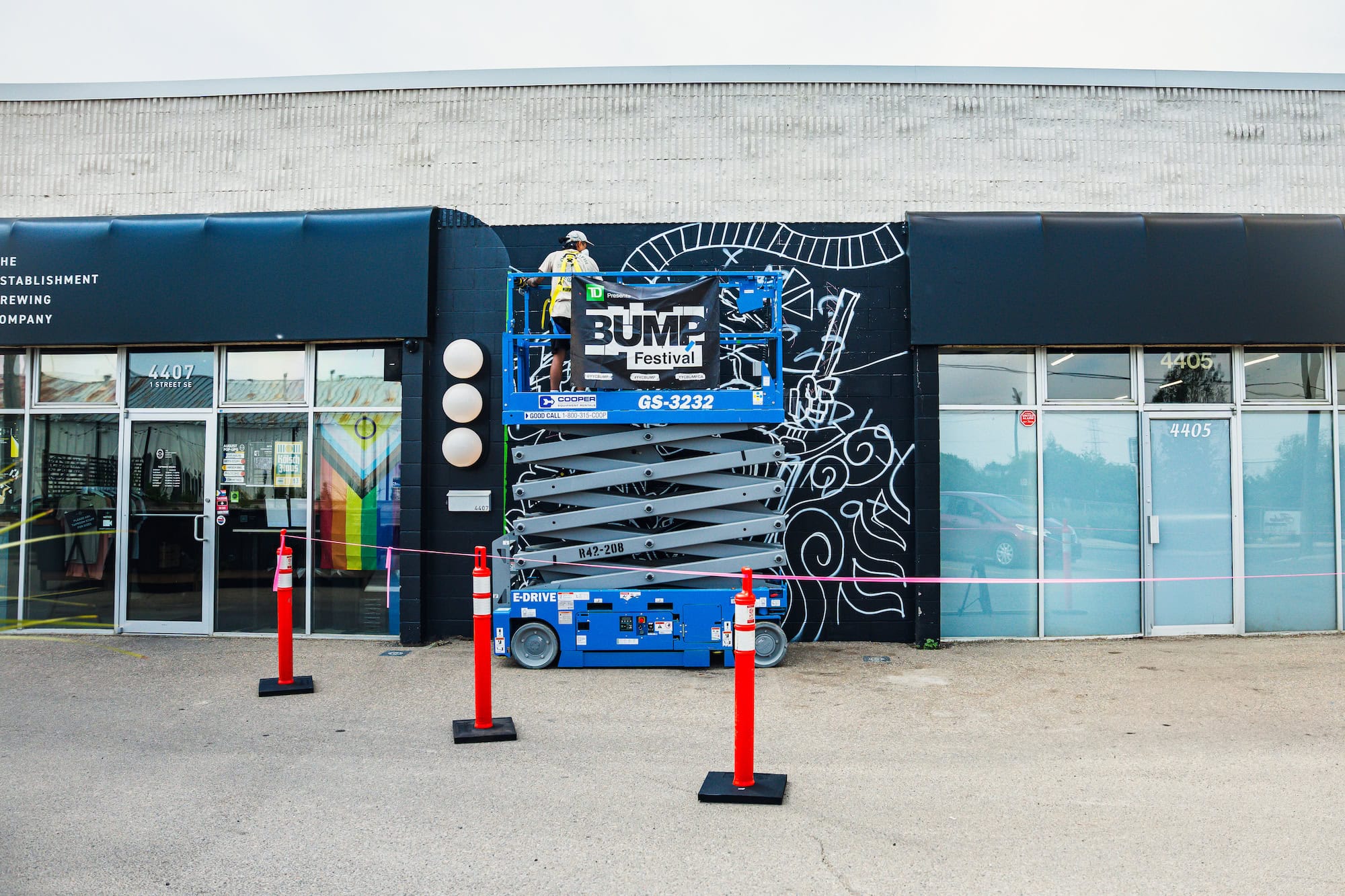
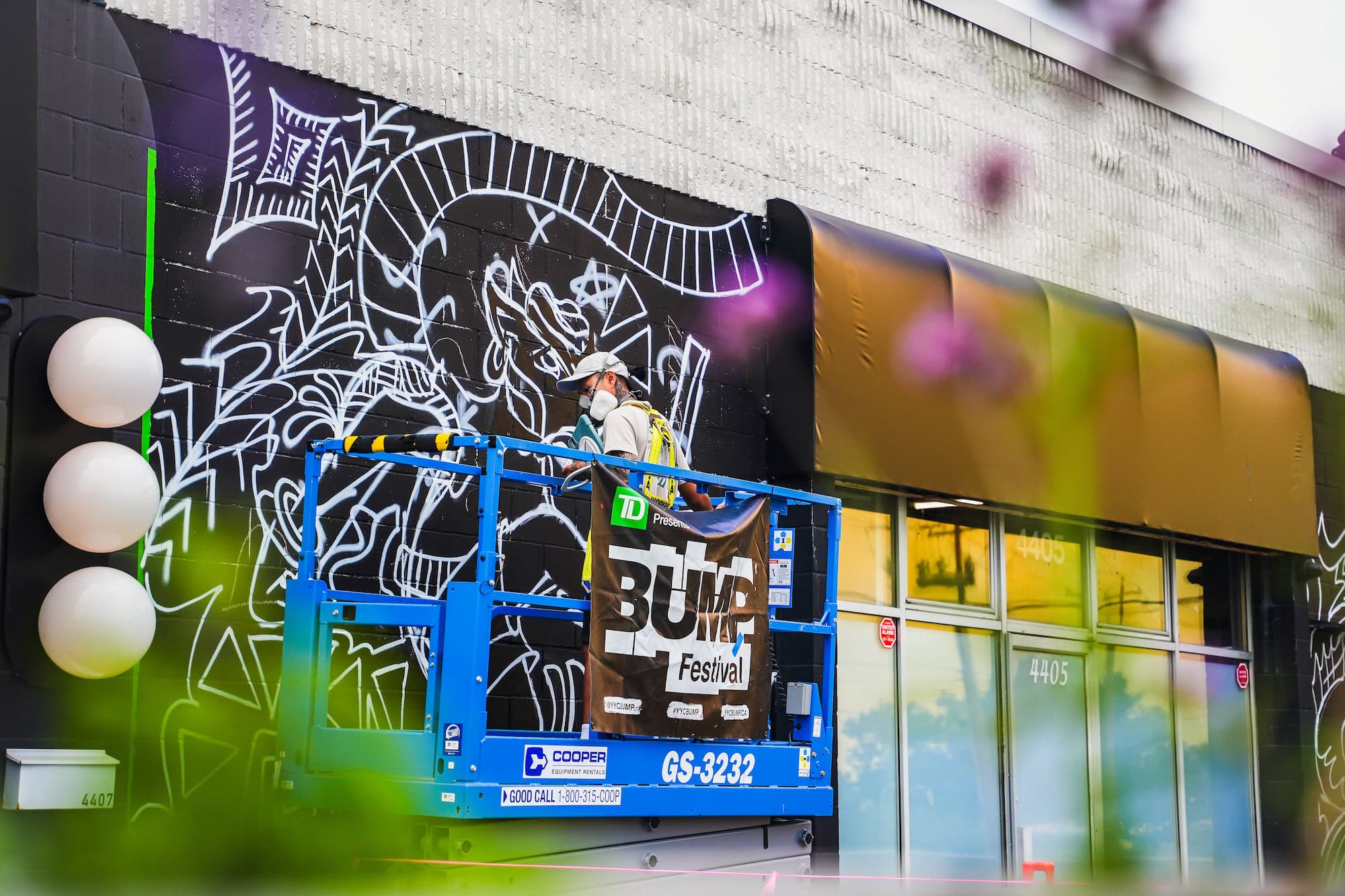
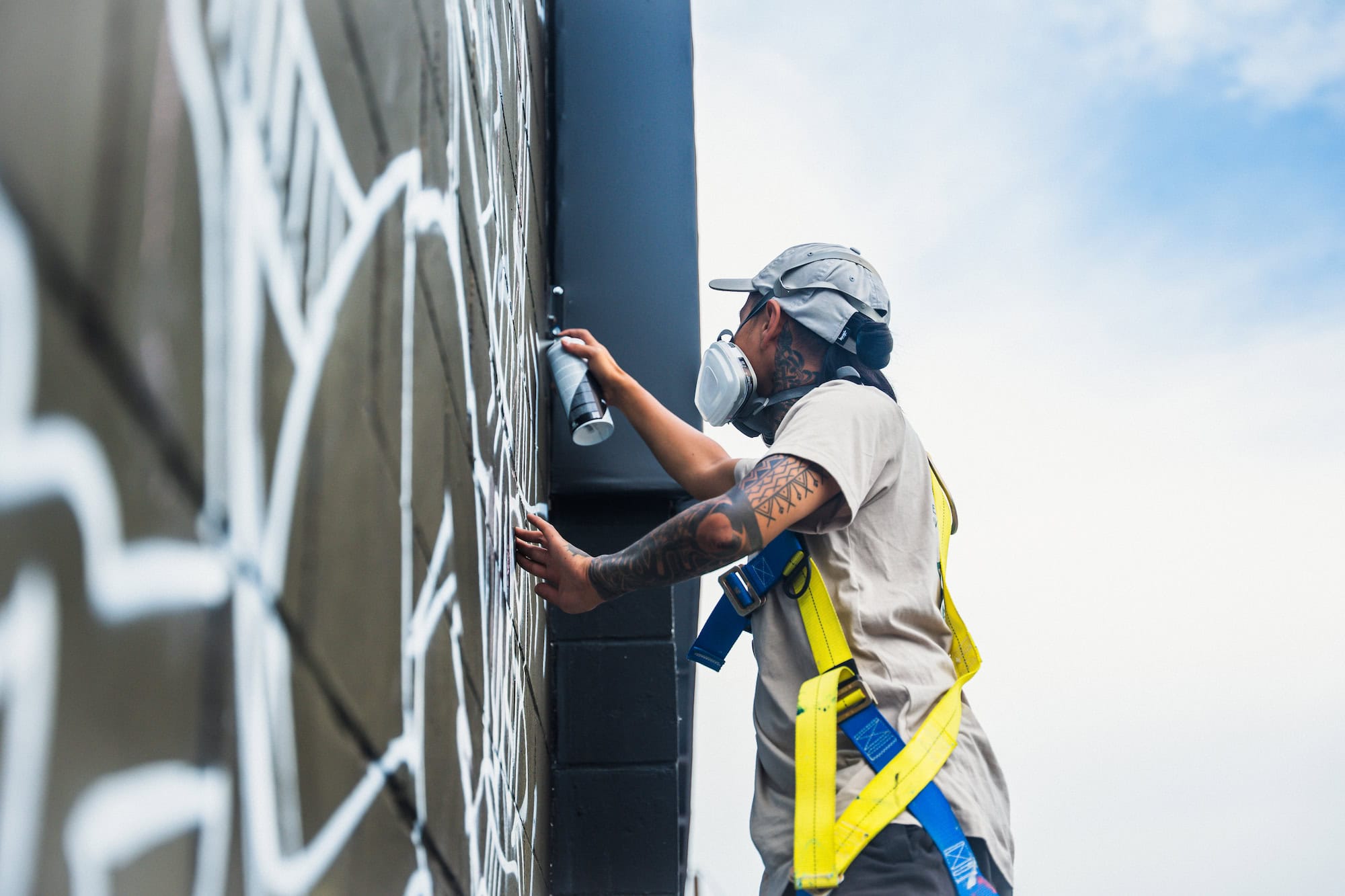
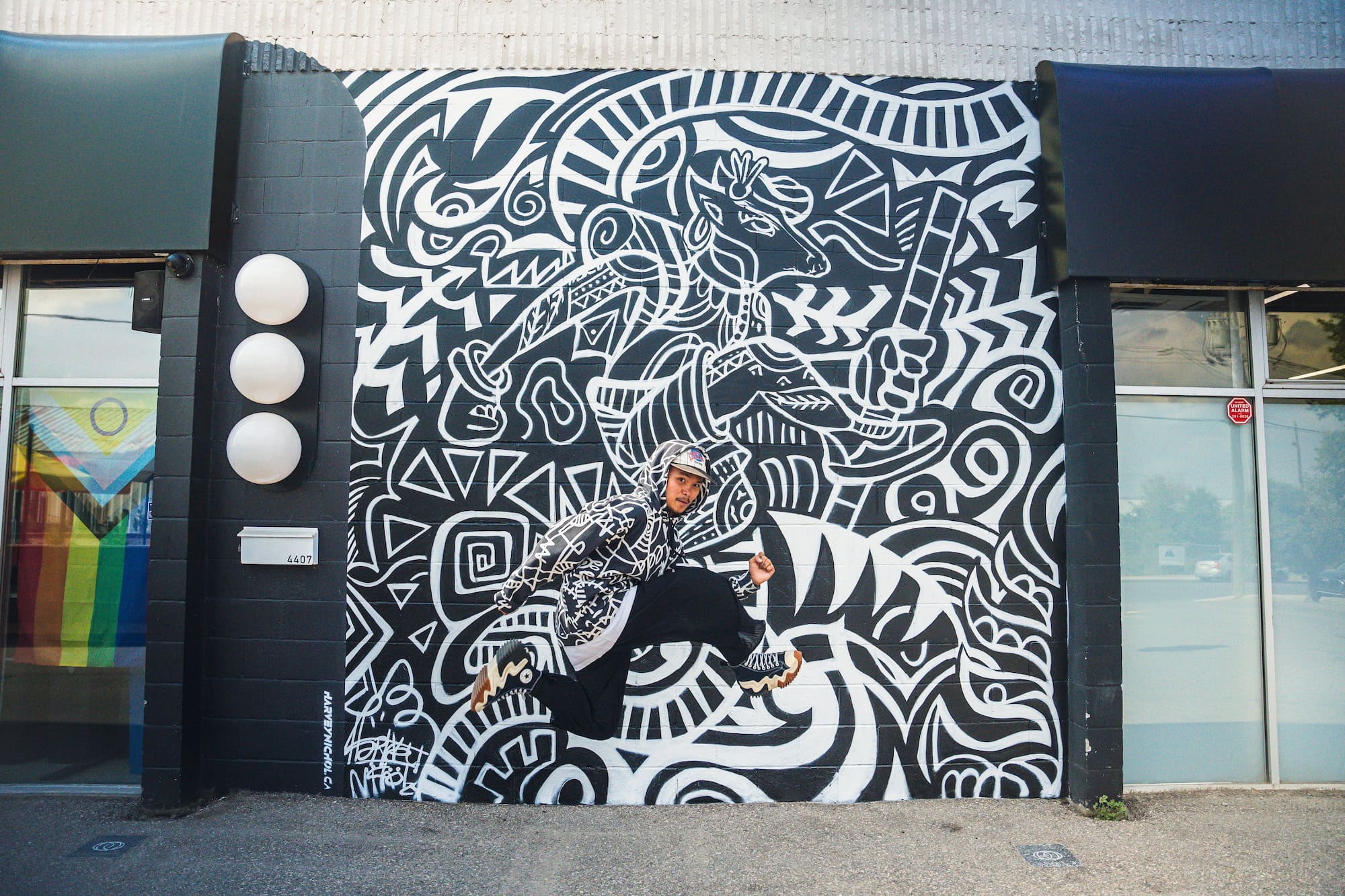
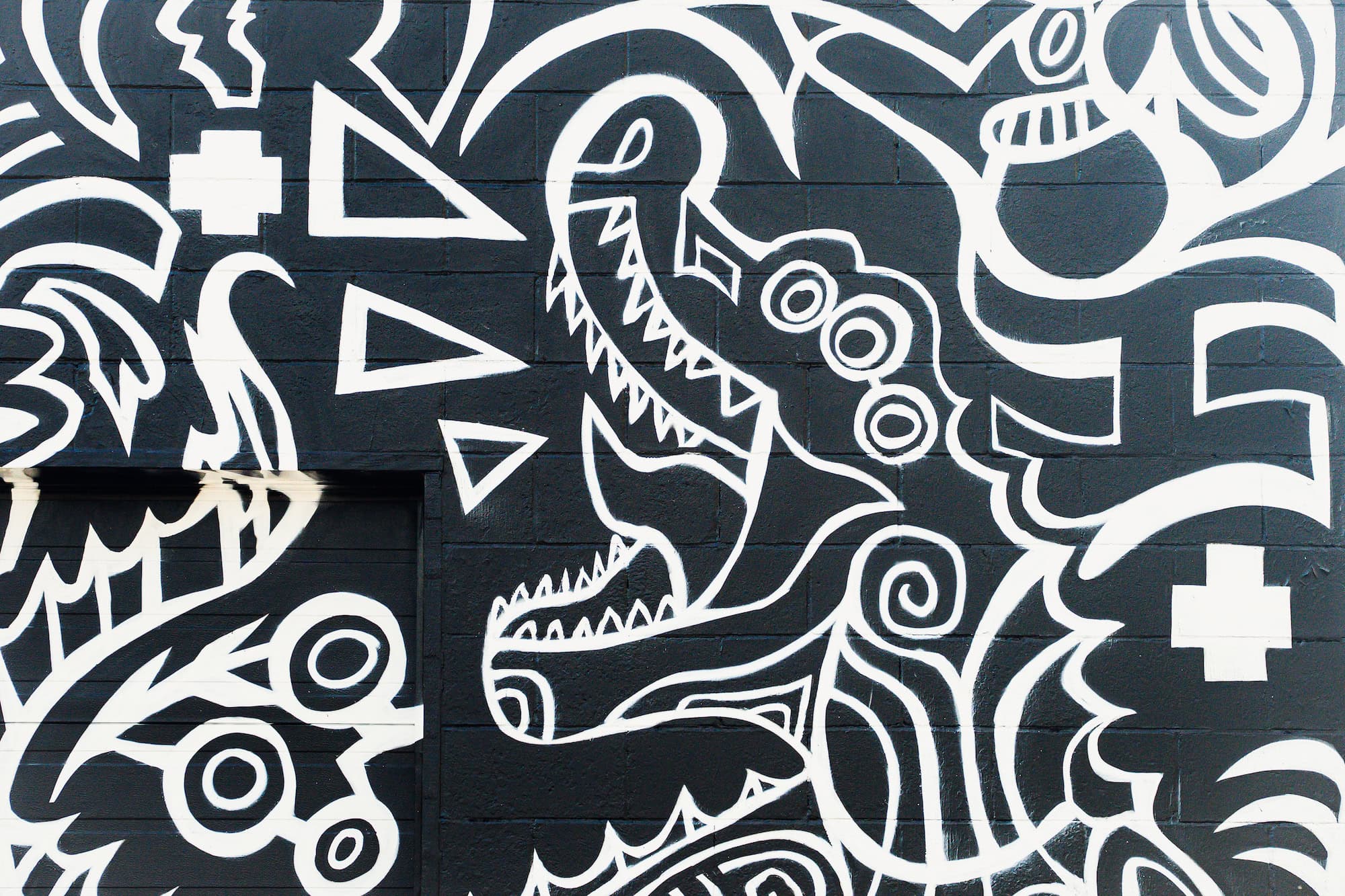
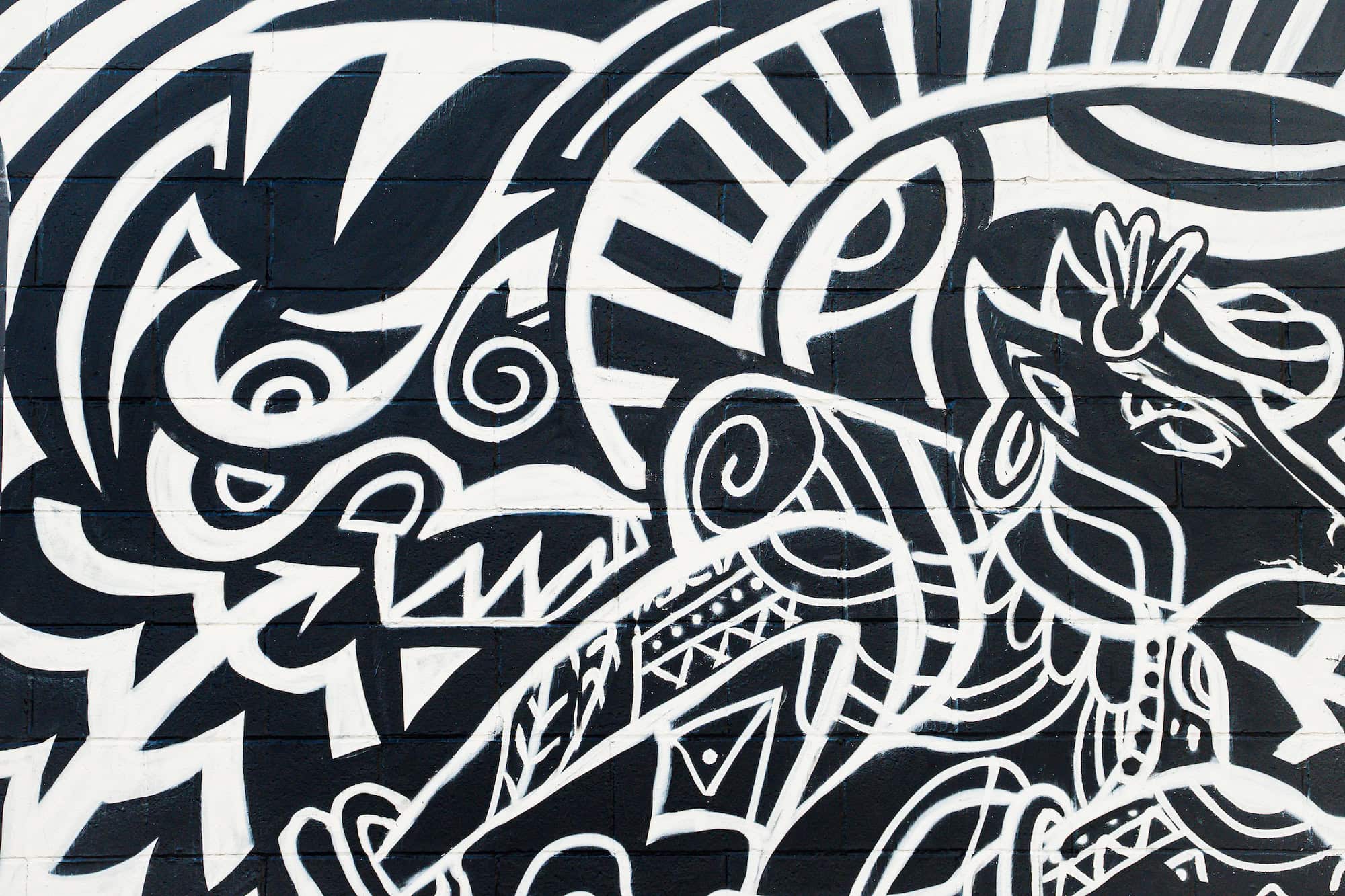
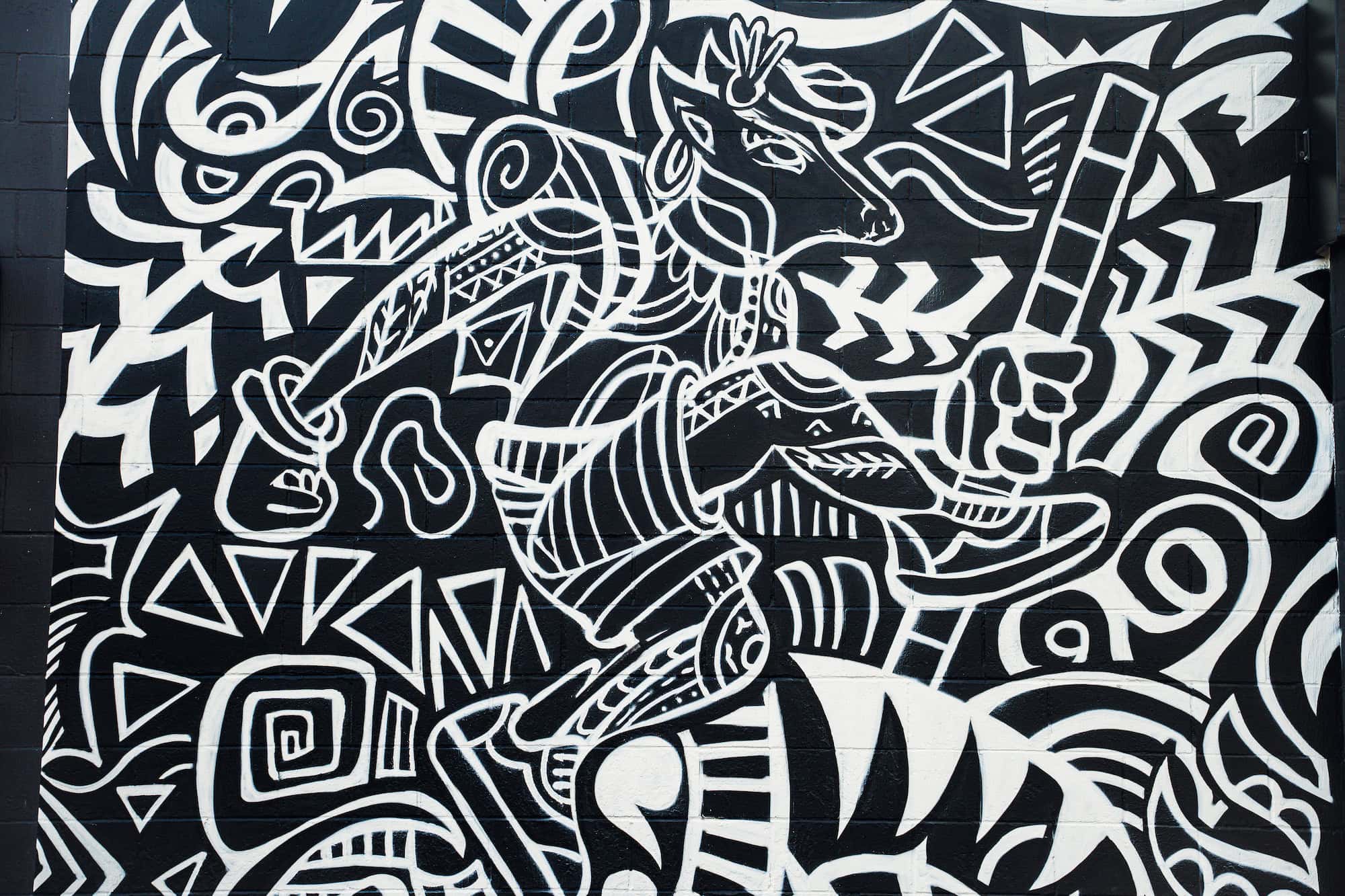
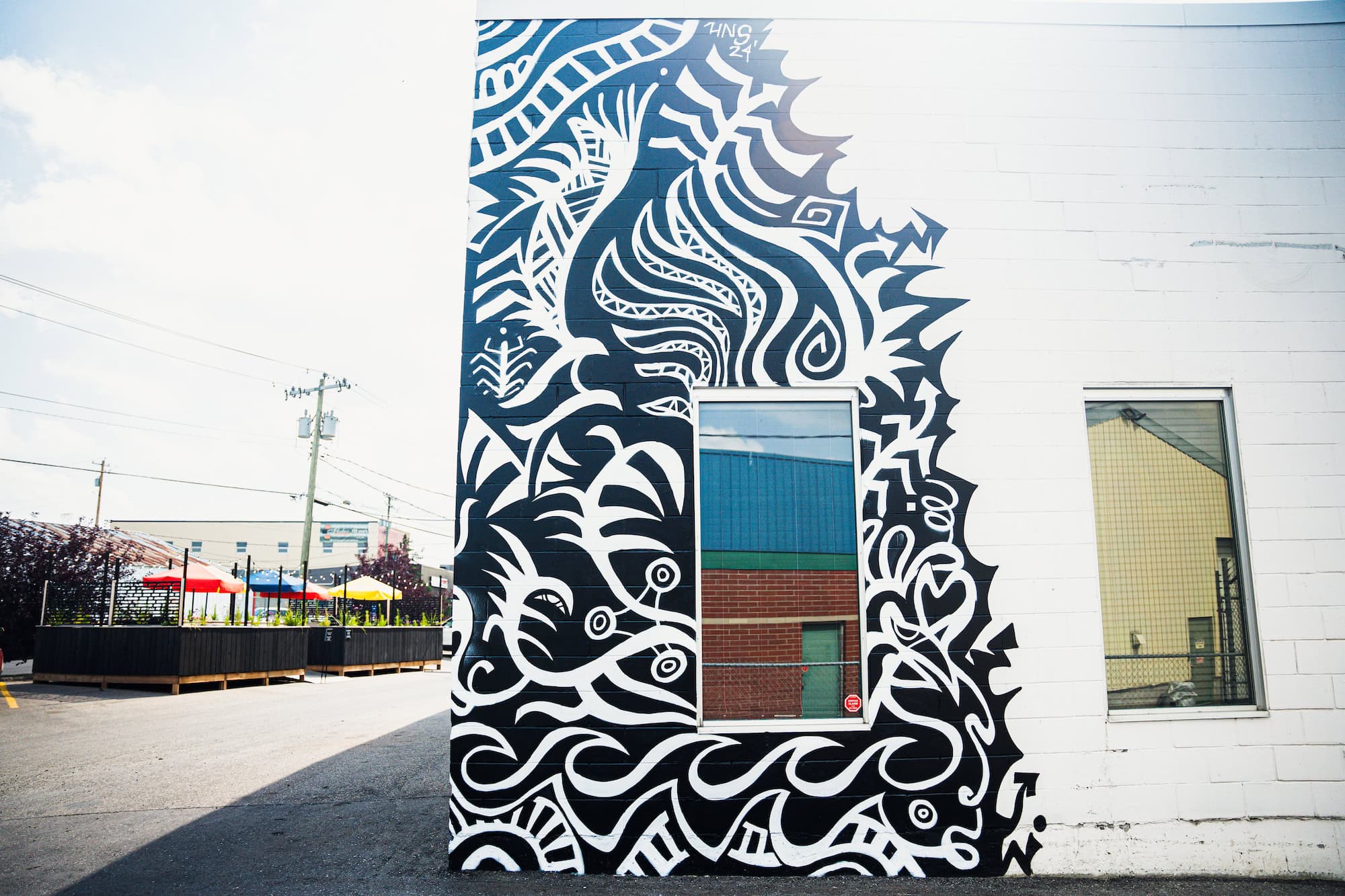
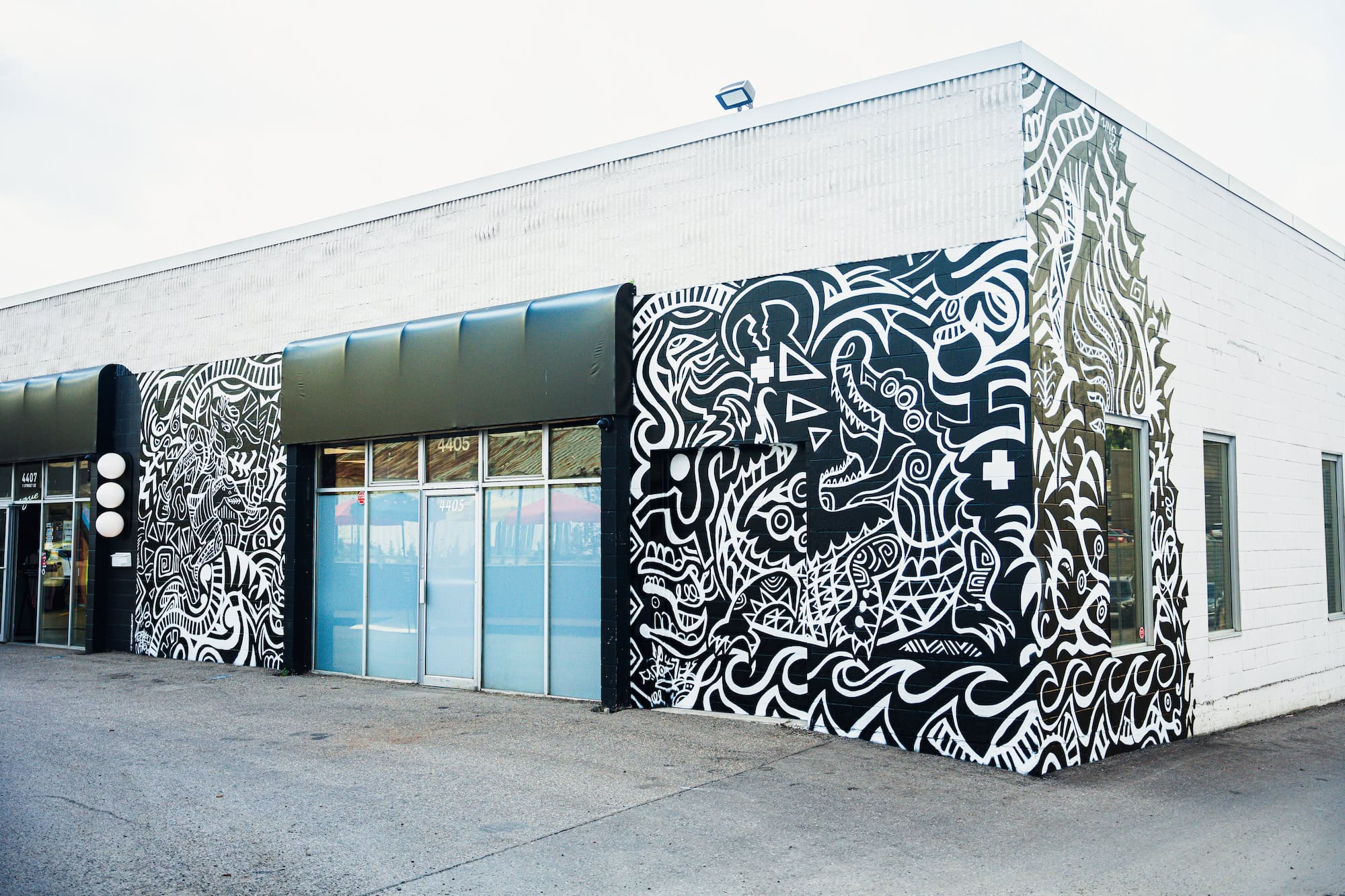
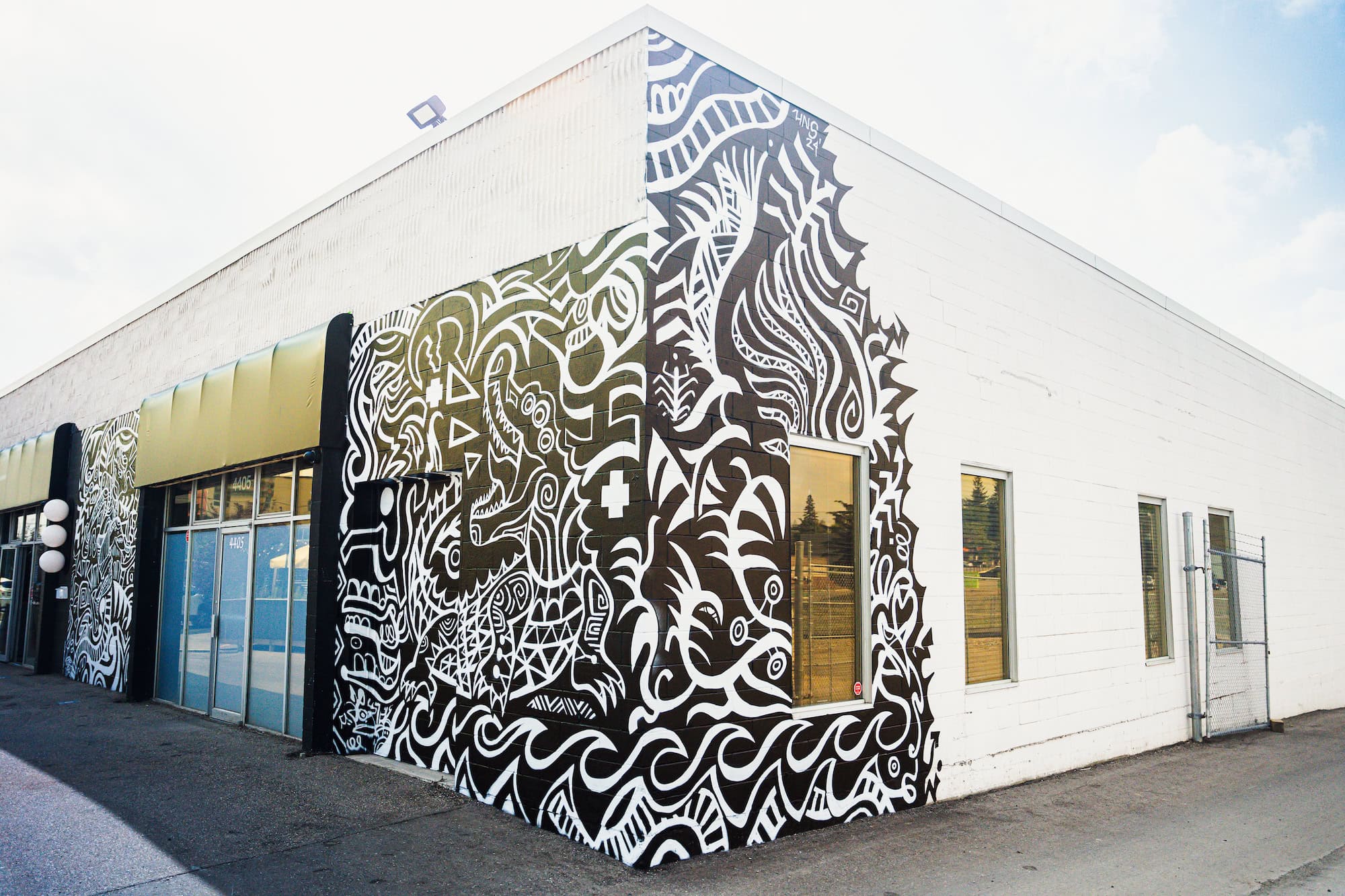
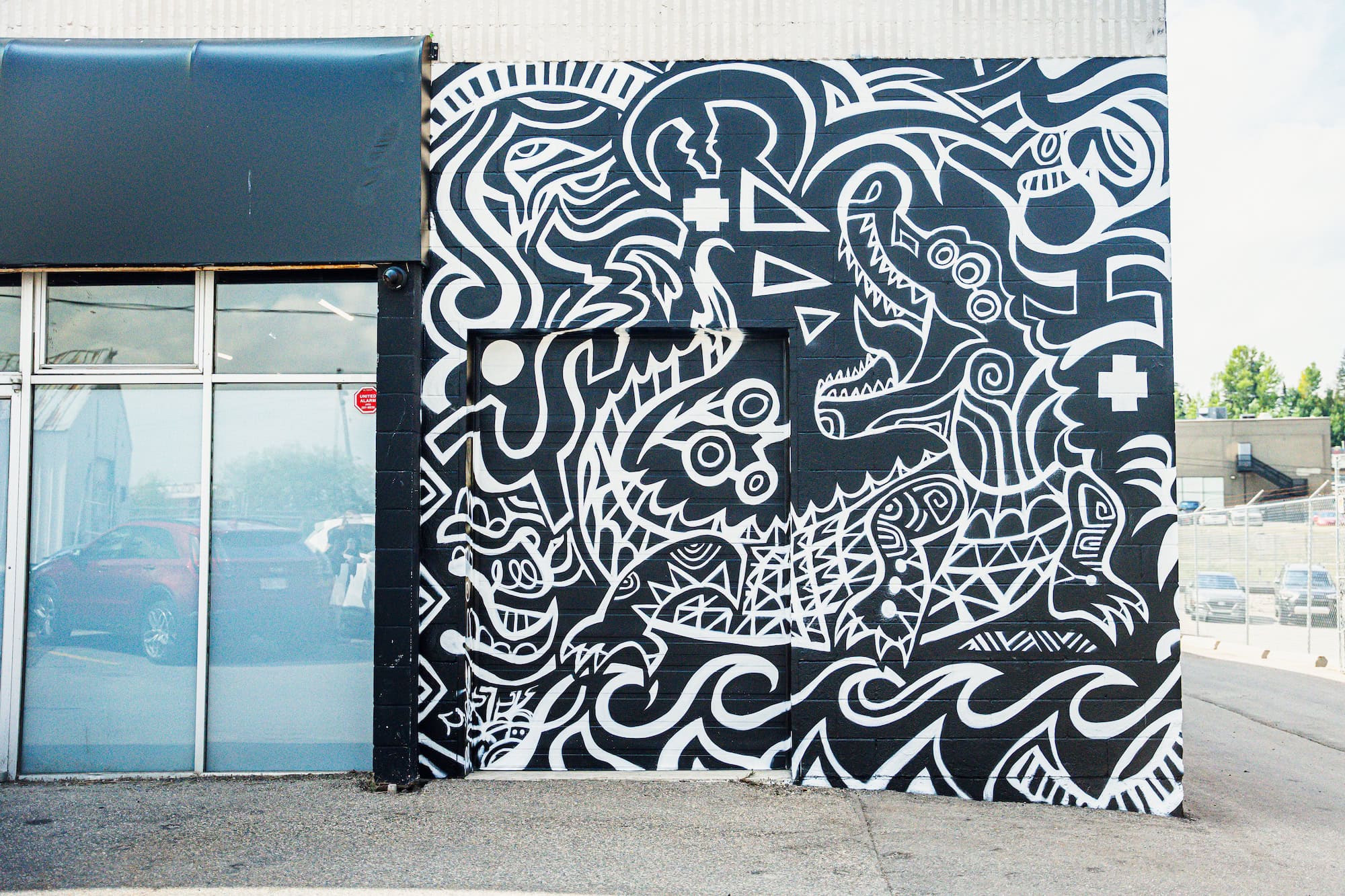
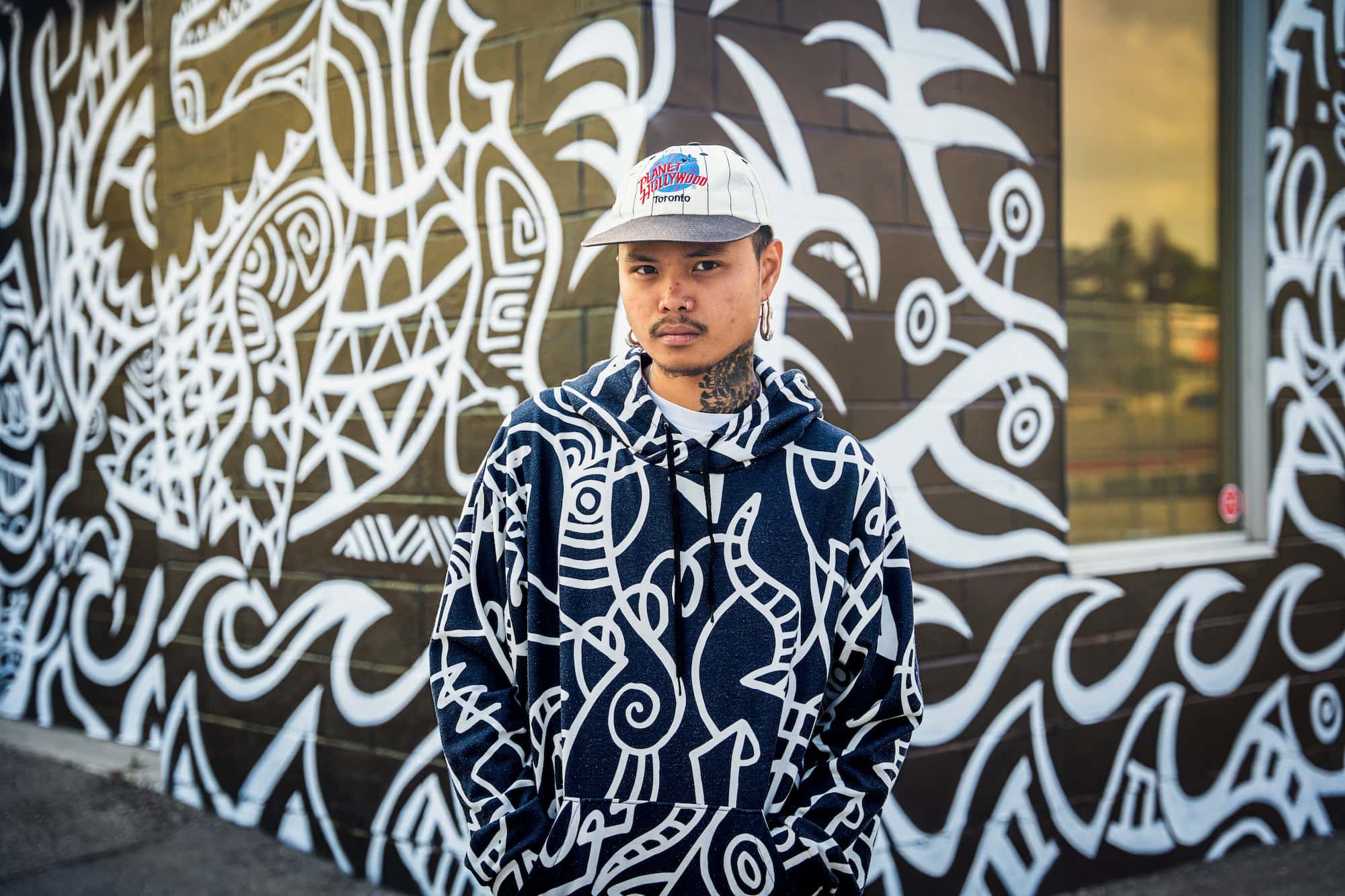
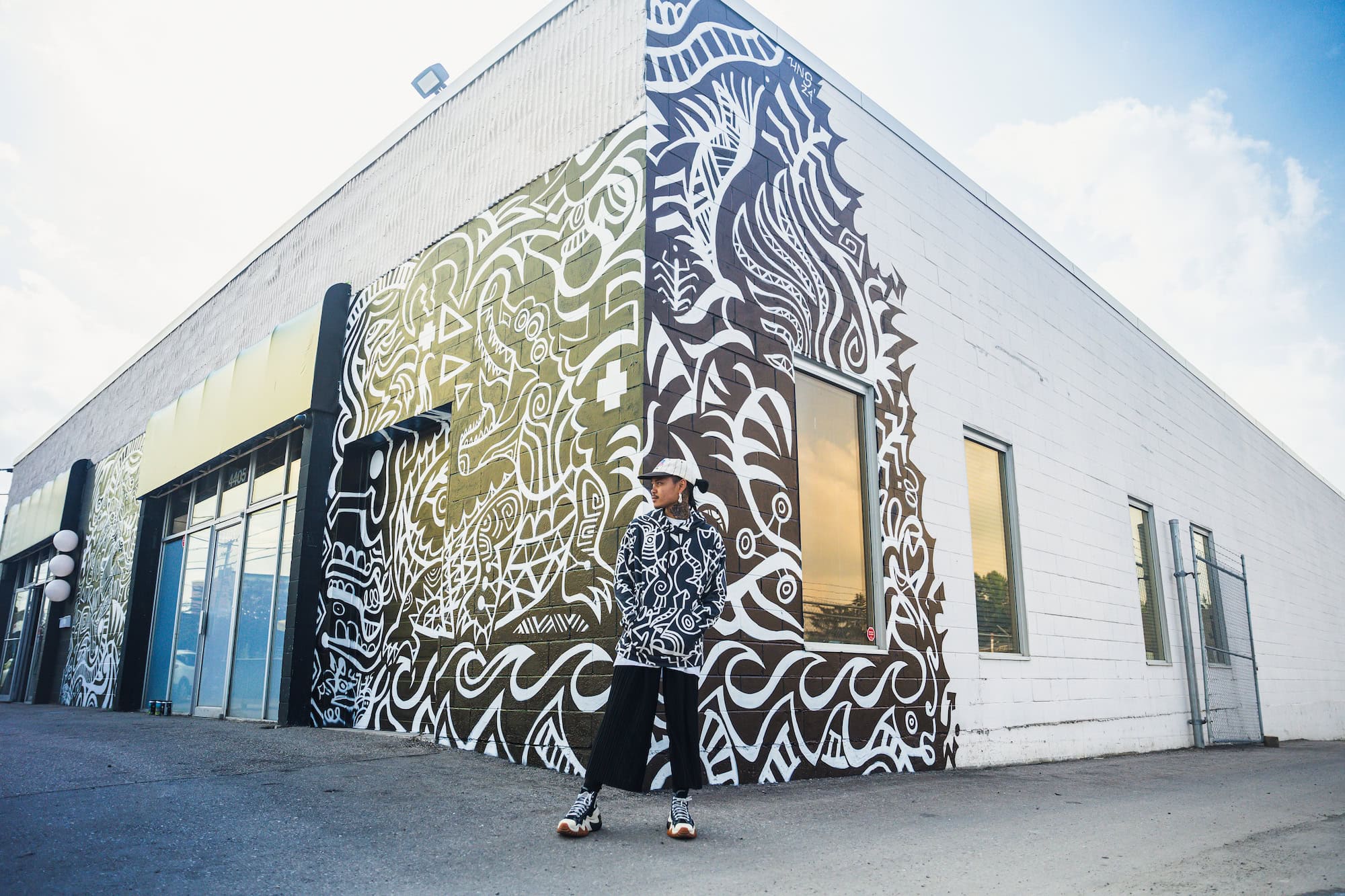



















Calgary, Canada
Harvey Nichol was born and raised in the slums of Tondo District, Metro Manila before immigrating to Canada as a youth. He attended Alberta University of the Arts and pursued BFA in Sculpture during the 2020 pandemic. Harvey’s artistic journey is a tapestry woven from various influences, blending neo-expressionism, Filipino social realism, street, and folk art into what he coined “Social-Folk Expressionism.” Spanning mediums from mural painting to life size sculpture to streetwear design, Harvey’s art is a reflection of his life’s odyssey as an immigrant, navigating homelessness, and the foster care system. Drawing from personal experiences and melding them with folklore, mythology, and socio-political commentary, in September of 2023, Harvey released his debut “Filipino-Futurist” graphic novel titled, Aklas Comics — an anthology series that dives into the world of Mega Manila, set in 2048.
His creative collaborations extend across local and international brands, including partnerships with the City of Calgary, Brookfield Properties, Neo Financial, Esker Foundation, and Herschel Supply.
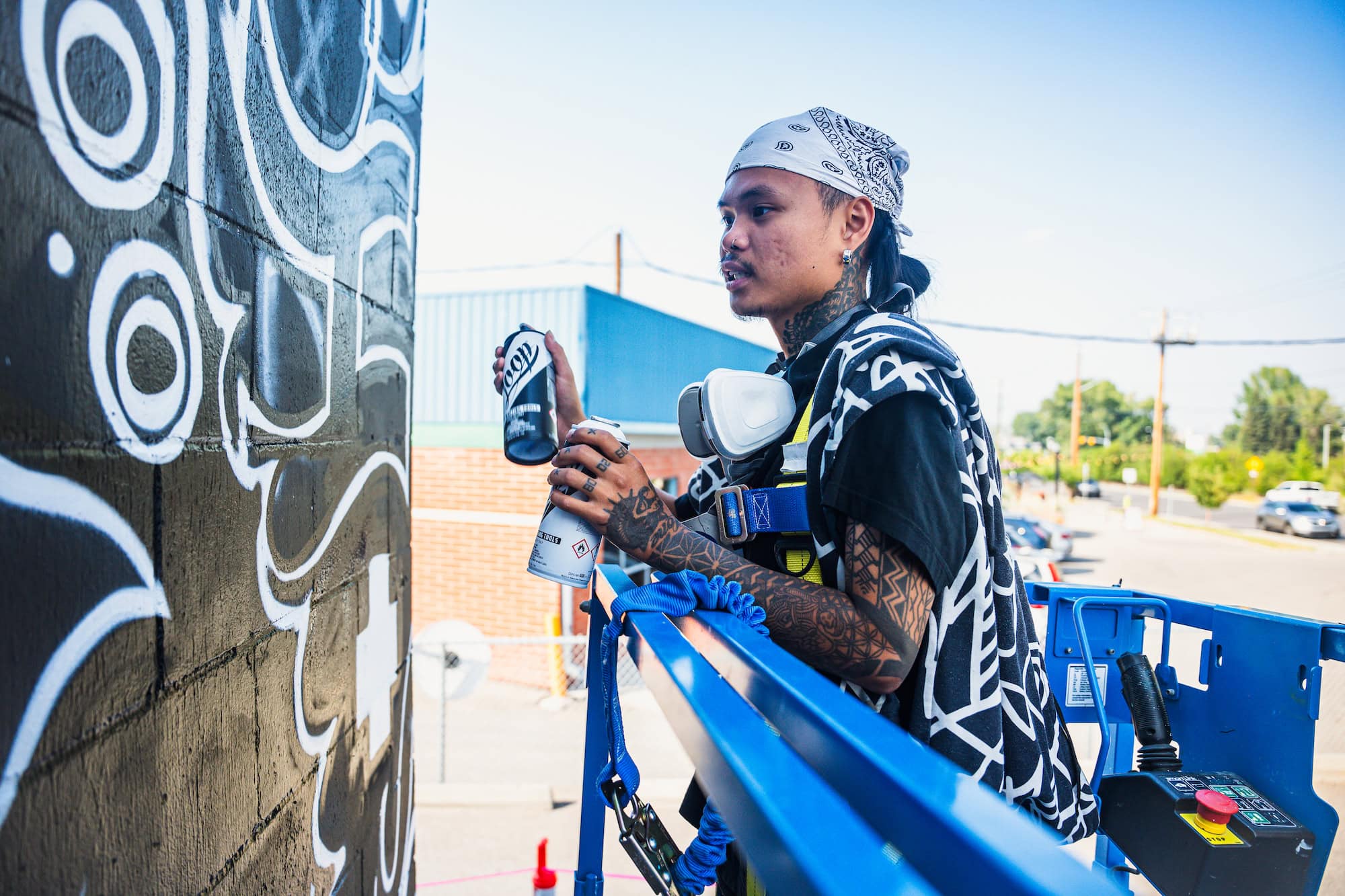
Mural Title
“Pilandok”
Mural Statement
This mural draws inspiration from ancient petroglyphs of the Philippines, the work seeks to rekindle the severed ties to a past that thrived before the disruptive forces of colonization. This sequential narrative centres on “Pilandok” and the crocodile, a celebrated trickster figure from Filipino folklore, like the archetype of Robin Hood. Pilandok is known for his clever tactics, challenging greedy figures by orchestrating scenarios that embarrass them, stripping them of their wealth, power, and authority. He then redistributes this power within his community.
In this mural’s composition, Pilandok is depicted in an encounter with a formidable crocodile, on his quests to find the enchanted “Sarimanok”. a story that resonates with themes of resilience, ingenuity, and triumph against authoritarian figures. In the left wall, Pilandok is shown in mid-leap, navigating a treacherous terrain.
Throughout the background, intricate designs inspired by indigenous Filipino tattoos weave a deeper cultural narrative. These tattoos symbolizes valour, the ancestors and the resilience of the community spirit. The middle wall captures a moment of tension, depicting a crocodile angered by Pilandok’s audacity. In the background , the ancient Tagalog script, “Baybayin,” is thoughtfully integrated into the composition, spelling out ‘Pilandok.’ Rendered in a striking white-on-black line-work, the design draws a visual parallel to traditional Southeast Asian art, effectively bridging historical aesthetic principles with contemporary narrative storytelling.